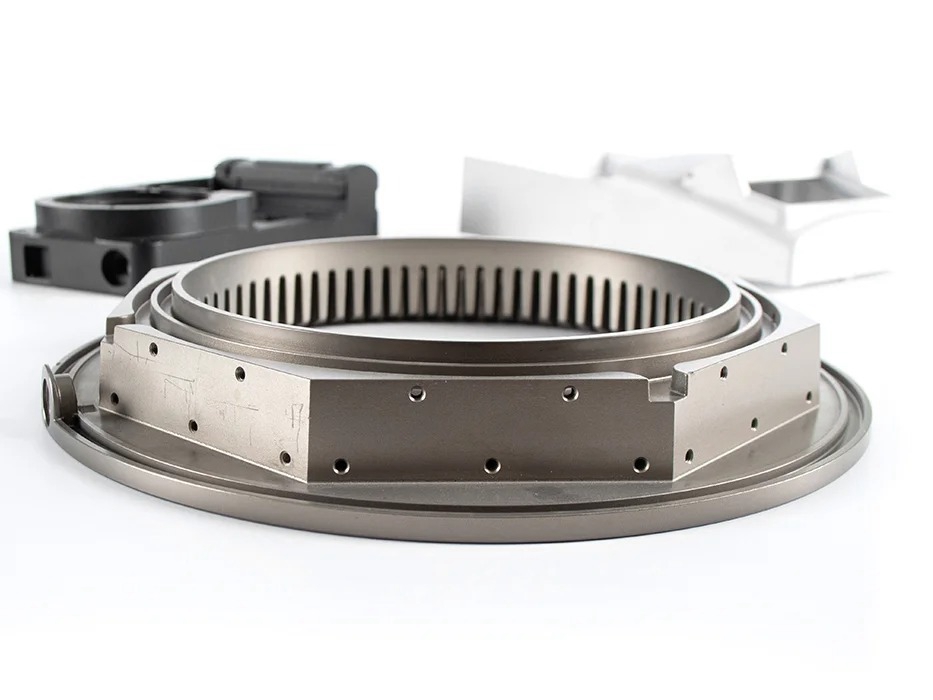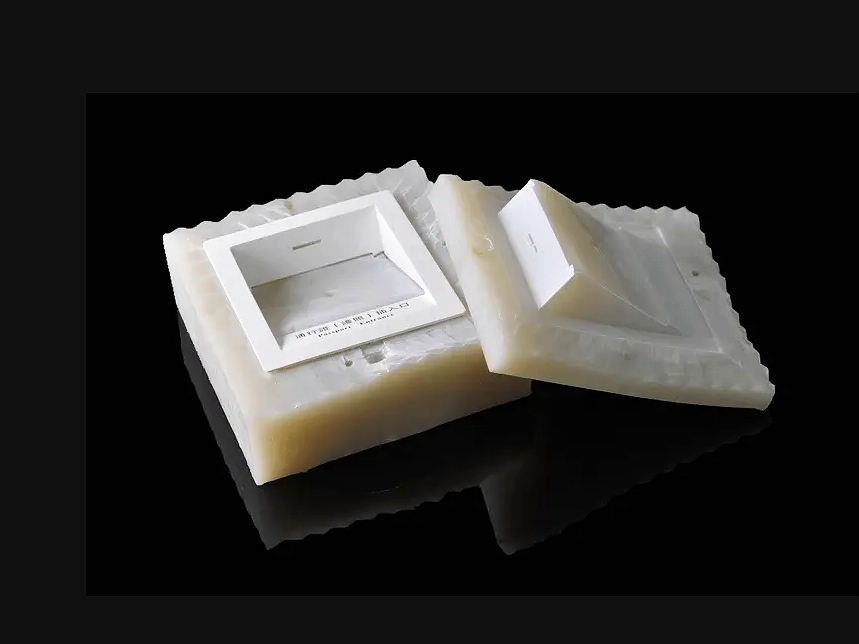Is rapid injection molding suitable for high-volume production?
Rapid injection molding is primarily designed for low to mid-volume production, typically ranging from 100 to 10,000 parts, and is ideal for prototyping, bridge tooling, and market testing. While it can support limited high-volume needs, it is not optimized for long-term, high-volume mass production due to the material and structural limitations of the tooling used.
Why It’s Limited for High Volumes:
Tooling Durability: Rapid tooling, often made from aluminum or softer steels, is cost-effective and fast to produce but typically supports fewer cycles (10,000–100,000) compared to hardened steel molds (up to 1,000,000+ cycles).
Cycle Time Efficiency: While rapid tooling is efficient for short runs, it may not support the high-speed, fully automated cycles required for continuous high-volume output.
Part Consistency Over Time: Tool wear becomes a concern after repeated cycles, affecting dimensional stability and surface finish.
When Rapid Injection Molding Makes Sense:
Short production runs while waiting for mass production tooling
Bridge production during product development
Custom parts with limited lifespan
Low-cost entry for startups or specialized applications
For long-term mass production, traditional injection molding with hardened steel molds is recommended. However, Neway Precision offers both rapid injection molding for quick delivery and full-scale plastic injection molding for durable, high-volume runs—providing a complete production pathway under one roof.



